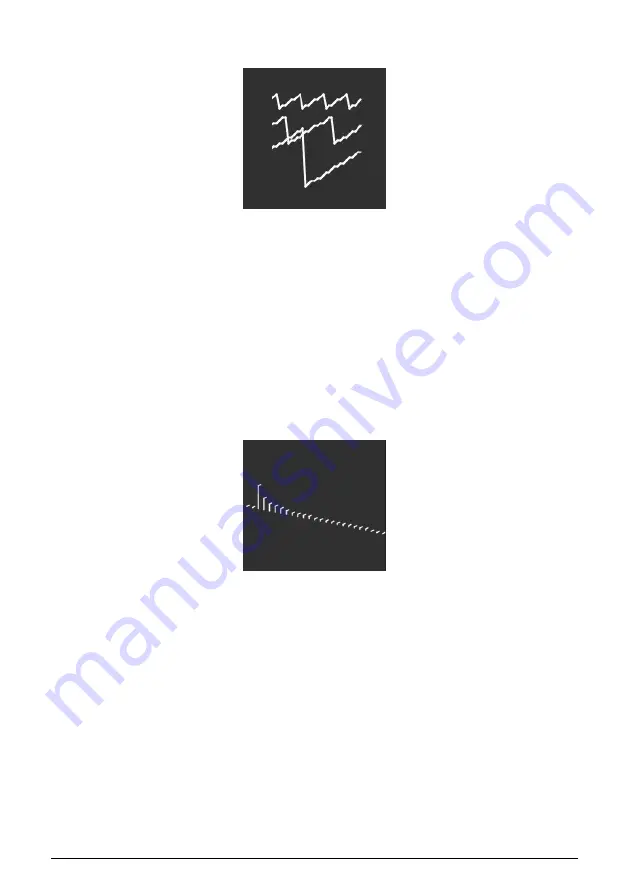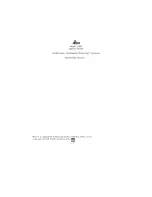
5.2.2. SuperWave
One of the easiest ways to add thickness to a digitally-generated synth waveform is to make
multiple copies of it and detune them against one another. Originally this was done with
sawtooth waves, with the Roland JP-8000's pioneering Super Saw wave becoming a sonic
icon.
Wave
: selects the base waveform. In addition to the usual sawtooth, this Type also provide
with a square, triangle, or sine wave.
Detune
: sets the amount of detuning between the copies, from nearly none to way too much.
Volume
: sets the volume of the copies vs. the original waveform. (The black Volume knob
sets the overall level of the Oscillator, base wave and copies at once.)
5.2.3. Harmo
The Harmonic Oscillator applies a form of
additive synthesis, where an evolving sound is
made up of multiple
harmonics that get louder or softer over time. Every sound we hear,
whether natural or electronic, is made up of a very large number of sine waves that change
their individual volumes in relation to one another.
The earliest additive synthesizers, such as the Digital Keyboards Synergy used by Wendy
Carlos in the 1980s, required that each harmonic and its evolution over time to be set
individually, a fiddly and time-consuming process. Harmo provides a choice of relative
harmonics (up to eight) that can quickly be set, thanks to a large number of preset "tables"
of harmonic relationships.
Content
: chooses a particular table of harmonic relationships. Higher numbers choose tables
with more harmonics in them.
Sculpting
: gradually morphs the individual harmonics from the traditional sine wave to a
triangle wave, providing a different character impossible on older additive synths.
Chorus
: subtly widens and thickens the sound.
23
Arturia - User Manual MiniFreak - The Digital Oscillators
Summary of Contents for MiniFreak
Page 1: ...USER MANUAL _MINIFREAK...
















































